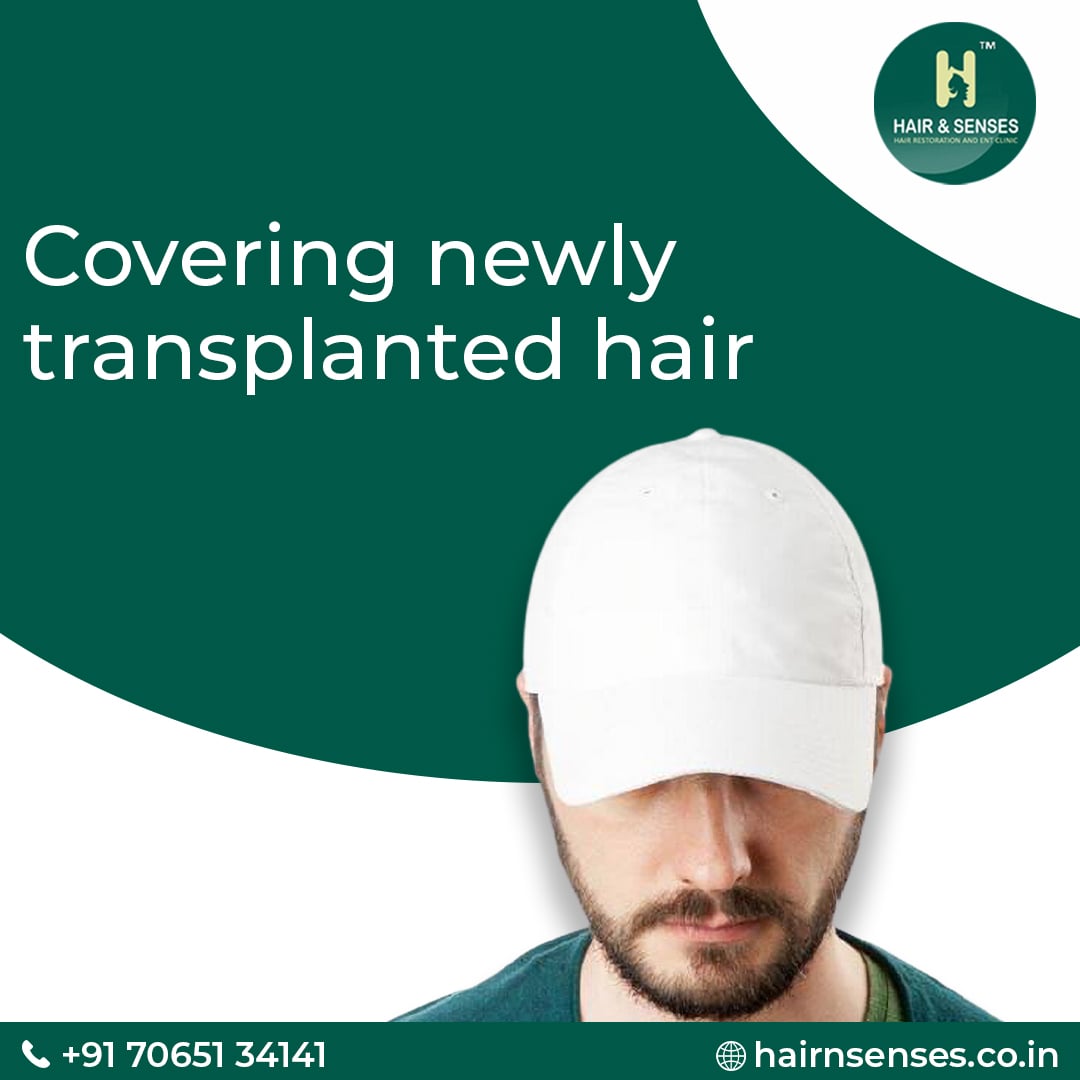Covering newly transplanted hair
May 13, 2019 | By Dr. Sangay Bhutia (Hair Transplant Specialist in Delhi)
One of the best things about modern hair restoration procedures is that they don't take long to heal and you can get back to work and normal life soon after. Patients are usually discharged from the hospital the same day. However, in the small recovery period of about a week to 10 days, patients have to follow a post-operative care regimen if they want to achieve the desired results.
If there is no medical reason to keep the patient in the clinic, the surgeon will let the patient go. And they can even get back to work in about a week especially if your work is not physically strenuous. For patients whose work is manual or requires them to be physically active, they will have to take some more time off work till the wound heals and any risk of infection is mitigated. For patients on a desk job they are good to get back within a week. However, for patients with client facing jobs or even those who have to go to a regular office and meet their colleagues, they might want to keep the fact that they have had a transplant under the wraps.

It is easy to cover up your transplant with a hat or a cap. But first let’s understand what do you need to protect your new grafts from, apart from prying eyes. Any damage to the grafts in the first few days till they have settled in the recipient area can play spoilsport and ruin the desired look. So any kind of vigorous rubbing, scratching, or any compression to the grafts can be damaging. There is also a risk of an infection if there is excessive sweating, so any excessive physical activity, working out at the gym, sports, swimming or wearing any kind of tight headgear, using styling tools, hair products are a big no atleast in the first 10 days.
Patients will also have some redness and swelling for a few days after the transplant. There will also be small dot-like scars post FUE (Follicular unit Extraction) for some time, while FUT (Follicular Unit Transplantation) will leave a long linear scar. The best way to cover those is with new hair that will start growing in a few months.
However, till the time that new hair grows naturally, patients can wear a loose hat. A scarf, bandana, or a loose-fitting cap can work as well. The important thing though is to consult the surgeon before picking a cap or bandana because they can advise you best on what kind to pick and the correct way of wearing it. Covering your head will also protect the grafts from the sun, heat and dust especially if you live in a tropical country or if you have chosen to get a transplant during the summer months. Any headgear that you pick should be made of good-quality material and soft.
The patient should also be careful to not wear the cap all the time and let the area air out, so that it doesn't get sweaty. While at home, try and remove the cap and keep the transplant open and dry.
Some patients also choose to wear a wig or a hairpiece for some time after the hair transplant. But that should only be done in consultation with the surgeon. A bad quality hairpiece might raise the threat of an infection; secondly if adhesives are used to keep it in place, they might not be good for the post-transplant scalp.
For patients, who want to hide the redness, they can use makeup to do so. Using good-quality makeup for a week or so is a safe way to hide the redness. There are also hair concealers, made of nanofibres that the patients can use to camouflage post a transplant. These blend into the hair well and are very effective.
In all these it is important to take the surgeon’s advice first and to pick an experienced surgeon who can ensure that there is not too much swelling after the procedure. A good surgeon can also work around the existing hair in a way to reduce the appearance of scars.
